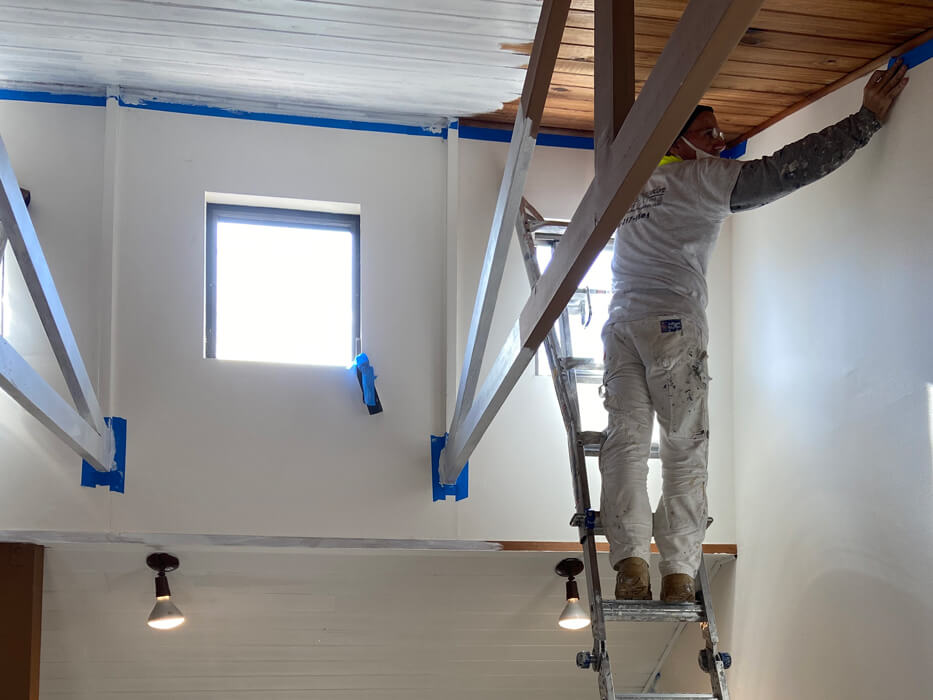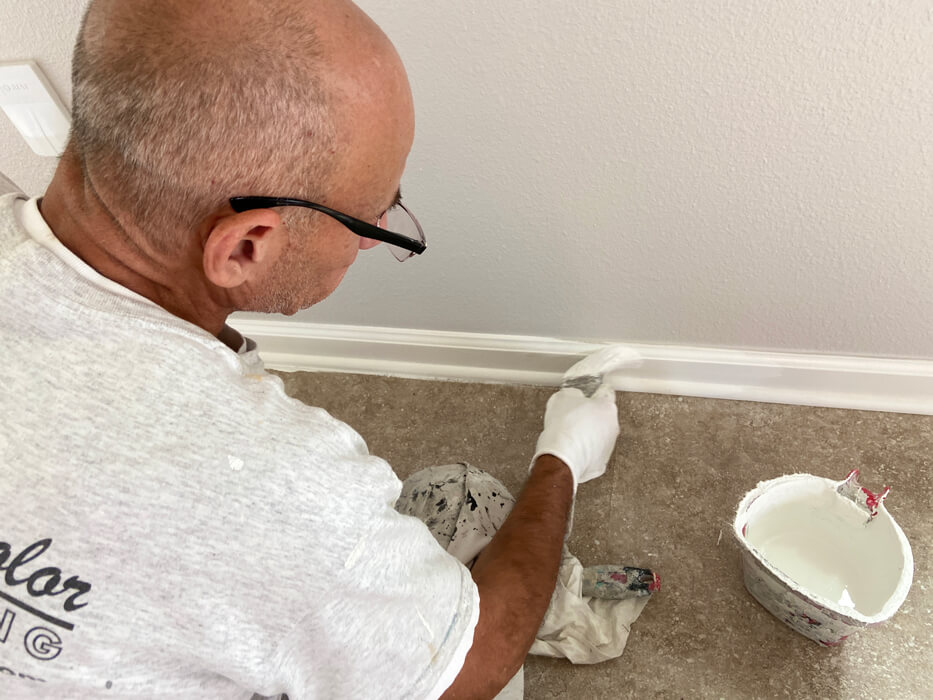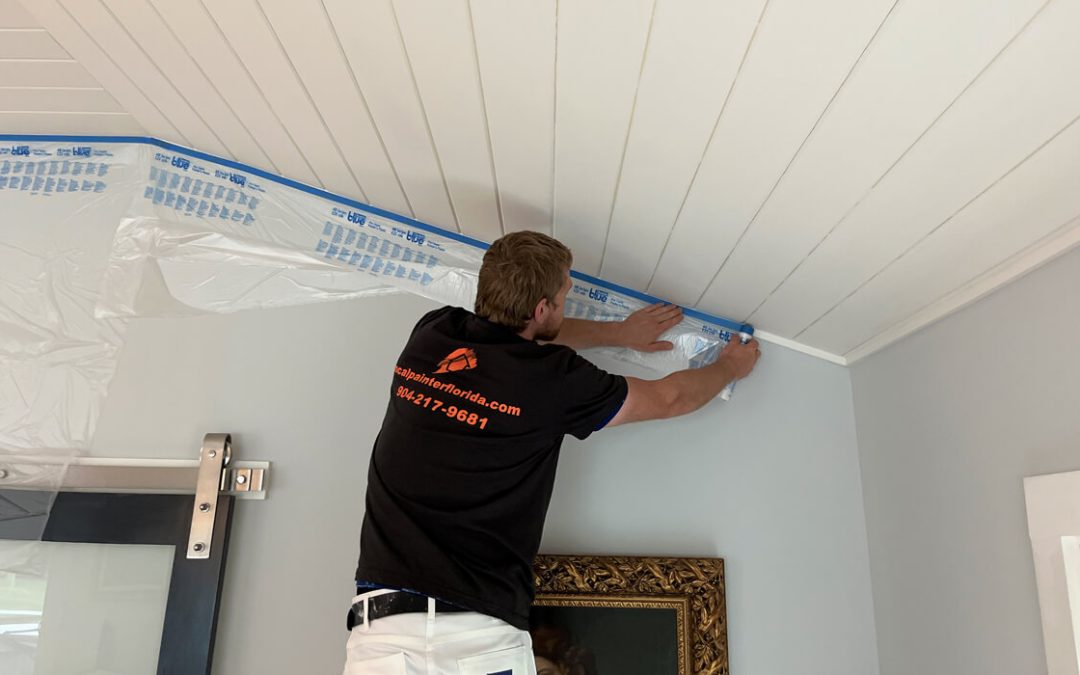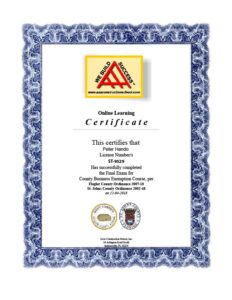Today, I would like to talk to you about how to use masking tape and how to neatly separate edges.
Even when painting a room with a single color, there are areas where you wouldn’t want the paint to overlap onto the frame. Obviously, the easiest method for this is to use masking or painters tape. We can also use masking tape to separate two different colors. However, there are other methods for achieving this as well.
How to tape walls for painting?
Where we mask is usually a very tight space, so we can’t fit in there with a large roller. We can use smaller rollers for this, but for some reason, I don’t really like them. I don’t think they work well, so in such places, I prefer using a brush. However, the brush spreads the paint completely differently than the roller, a bit streaky. So, I also use a sponge for it. I smoothly apply the paint with the brush and then smooth it out with the sponge.

When masking, it’s crucial to remove the masking tape as soon as possible, preferably before the paint is fully dry because otherwise, it can stick quite strongly, potentially peeling off the layer of paint underneath. Also, due to this, it’s essential not to press the masking tape too hard.
Feel free to give me a call! I’ll do an in-person survey and give you a customized quote! Call now: 1(904)217-9681
How to paint without tape?
Another solution, if I don’t want to use masking tape for some reason, is to use an edger. This looks like a large ruler with a handle. It’s designed to fit into all kinds of corners, and you can paint neatly along its edge. The only drawback is that if the surface is not entirely even, paint can seep behind it. So, you need to handle it with great care.
For white wall painting, you might need more than two, perhaps three or four layers. But you keep applying until it nicely covers the old paint.
How to remove painters tape without removing paint?
One common issue that may arise when removing masking tapes is that a bit of paint can come off. However, there’s no need to panic because these small imperfections can easily be fixed with a small brush.

Moreover, if paint drips somewhere, it can be perfectly wiped away quickly with a damp cloth. However, if it dries there, there’s still no need to panic. You can scrape it off with a putty knife, and then, with a little water or even a bit of detergent, it can be perfectly removed from smooth surfaces.
How long after painting to remove tape?
The ideal time to remove tape after painting is when the paint is dry to the touch but not fully cured. Typically, this falls within the range of 1 to 3 hours after painting. However, it’s crucial to consider factors like the type of paint used, environmental conditions, and the specific instructions on the paint or tape product.
If you wait too long to remove the tape, there’s a risk of the paint peeling or chipping when the tape is pulled away. On the other hand, if you remove the tape too early, there’s a possibility of smudging or ruining the freshly painted surface.
To determine the optimal time for tape removal:
- Refer to the paint and tape product guidelines for recommended drying times.
- Perform a test in an inconspicuous area by gently pulling a small section of the tape. If the paint edges remain crisp and clean, it’s likely safe to remove the tape.
In summary, aim to remove the tape when the paint is dry but not fully cured, following the guidelines provided by the paint and tape manufacturers for the best results.
What is the difference between masking tape and painter’s tape?
We often use these two terms interchangeably in our work, but when it comes to purchasing, it’s better to ask for painter’s tape at the store because there is indeed a difference between the two products. Let’s now look at what these differences are!
The primary difference between masking tape and painter’s tape lies in their intended use and characteristics.
Masking Tape:
- General Purpose: Masking tape is a versatile adhesive tape used for a variety of purposes, including basic household tasks, labeling, or bundling items.
- Adhesive Strength: It typically has a moderate adhesive strength, making it easy to remove without leaving residue. However, it may not adhere well to certain surfaces.
- Surface Compatibility: While it works on a range of surfaces, it might not be the best choice for delicate or sensitive surfaces.
Painter’s Tape:
- Specific use in interior painting: Painter’s tape is designed specifically for use in painting projects. It is ideal for creating clean, straight lines on walls, ceilings, or other surfaces.
- Adhesive strength: Painter’s tape usually has a stronger adhesive than masking tape, ensuring it stays in place during painting but can be removed cleanly afterward.
- Surface compatibility: It is designed to work well on various surfaces, including walls, trim, and glass. The formulation is often chosen to prevent bleeding of paint under the tape.
In summary, while masking tape is a general-purpose tape with moderate adhesion, painter’s tape is specialized for painting projects, offering stronger adhesion and clean removal to achieve precise and professional-looking paint lines.
Feel free to give me a call! I’ll do an in-person survey and give you a customized quote! Call now: 1(904)217-9681


